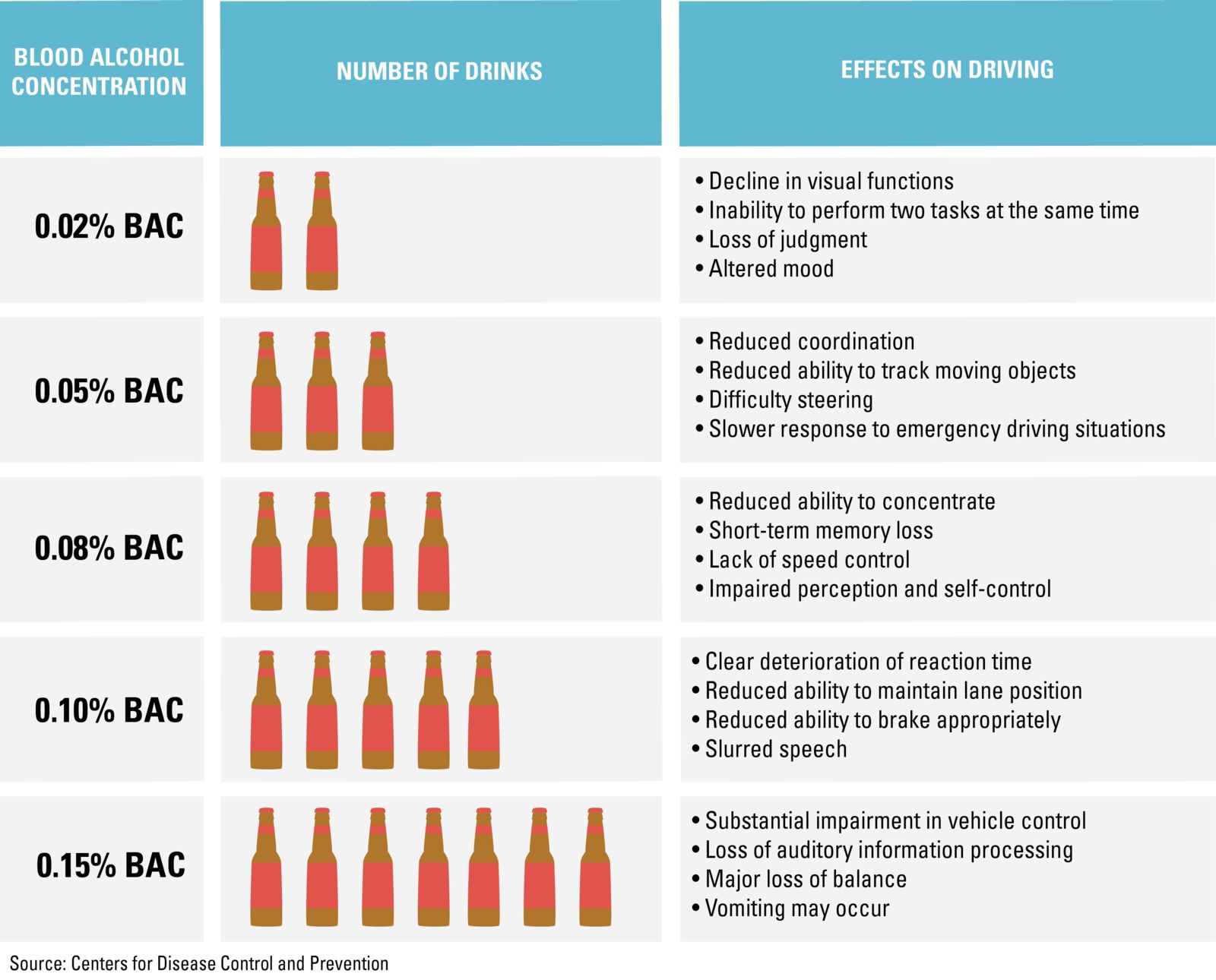Americans started taking alcohol-impaired driving seriously in the mid-1980s. After the federal government threatened to withhold transportation funding unless states stopped selling beer and wine to teens, states fell in line and raised the legal drinking age to 21 across the board.
At about the same time, groups such as Mothers Against Drunk Driving started to successfully lobby legislatures to stiffen penalties for driving under the influence. Police and prosecutors quickly realized that tough enforcement of laws such as section 20-138.1 of the North Carolina General Statutes boosted their careers.
For the record, that statute reads, in part:
A person commits the offense of impaired driving if he drives any vehicle upon any highway, any street, or any public vehicular area within this State:
- While under the influence of an impairing substance; or
- After having consumed sufficient alcohol that he has, at any relevant time after the driving, an alcohol concentration of 0.08 or more. The results of a chemical analysis shall be deemed sufficient evidence to prove a person’s alcohol concentration
Writing in 2020, and looking at 2019 statistics, my North Carolina personal injury and wrongful death law firm colleagues and I can detect significant improvements. Far fewer people appear to be taking the wheel and hitting the road after consuming too much alcohol. A troubling increase in incidents of drugged driving has emerged over the past decade, but at least we’ve solved the DUI problem. Right?
LEARN MORE
- We Sue Drunk Drivers
- Wrong-Way Drivers Are Often Drunk or High
- When Is It Possible to Claim Punitive Damages in a North Carolina Personal Injury Case?
Wrong.
The North Carolina Division of Motor Vehicles in 2019 recorded 11,492 crashes in which one or more the drivers involved had a detectable blood alcohol concentration. Those alcohol-involved crashes left 7,665 people injured and 348 individuals dead.
Further DMV analyses of crash reports revealed that the number and severity of crashes rose along with intoxicated drivers’ BAC. For instance, 145 fatal wrecks on North Carolina roads and highways involved drivers with a measured BAC of greater than .15 (at least twice the legal limit). Just 20 of the fatal crashes involved drivers with a measured BAC of less than .07.
The accompanying chart from the University of Michigan Health News blog illustrates why drunker drivers pose the highest risks to health and lives. Note, too, that even “just two drinks with dinner” makes a person a much worse driver. Each bottle of beer or glass of wine renders a driver more prone to taking chances and less able to react quickly to changes in road or traffic conditions.
The true DUI danger exists in the form of the repeat drunk driver, partly because more-experienced drinkers take more drinks without fully feeling (or admitting) the impairing effects of alcohol. Crime stats compiled by the federal government indicate that a person who gets arrested for driving under the influence of alcohol has, on average, committed the offense more than 80 times without being pulled over or crashing. This makes drunk driving very much like Russian roulette. The question is not whether a drunk driver will hit and potentially kill someone, it’s when.
I am writing this update a few days before Halloween 2020. As we head into another year-end holiday season, I’d be remiss in failing to mention that drunk driving spikes between Thanksgiving and New Year’s Day. Drive safe. Drive sober. In North Carolina and everywhere else at all times.
EJL